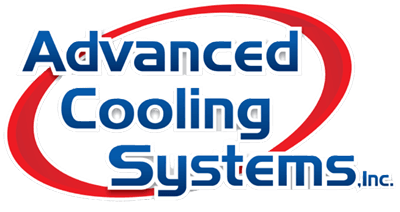Bridging the gap, feeling comfortable in the fall and spring.
- Humidity enters your home: Indoor Humidity levels increase due to internal sources or moist air brought in from the outside. On a cooler day the humidity can rise to the point that it is uncomfortable without increasing the indoor temperature high enough to trigger your A/C to turn on.
- Thermostat detects change: Modern thermostats have a humidity % set point and if your humidity rises past that setpoint AND the indoor temperature is within 3 degrees of the temp set point on the thermostat, the A/C will run and bring the humidity and temperature down.
- A/C runs and lowers humidity: The only way to lower humidity is to run your air conditioner. If the temperature looks low, but is not comfortable, it is necessary to lower your temperature set point below room temperature to increase your comfort.
Summation of bridge months cooling. (fall/spring)
If your home feels uncomfortable in the spring or fall, it might be because your air conditioner is not running enough to remove the humidity from the air. To feel comfortable you will need to drop the thermostat set point a few degrees. You will have colder air temperatures in order not to feel clammy. Both temperature and humidity need to be taken into account to feel comfortable, if either is to high, you will need to lower the thermostat. For instance, when I set my thermostat to 75 in the spring, the indoor humidity can rise to 60 with the indoor temp only getting to 72. This can feel very uncomfortable. Since the temp is not within the three degrees to trigger my system to run I lower the temp to 71. Now my room air can feel colder, almost too cool, but the mugginess is gone and my comfort level is much better.
Deeper Dive
Temperature and humidity have a unintuitive relationship. If you lower the temperature of a room without removing humidity, the relative humidity of the space increases. The science of dewpoint, psychometrics, latent and sensible heat. Dewpoint is what causes condensation to appear on grass, windows, and air vents. June to September our Tampa weather includes dewpoints above 70 (air below 70 degrees will cause condensation on surfaces at that temperature). Air exiting your A/C will be 20 degrees lower than room temperature so it’s critical to get your indoor dewpoint below 55 to keep away dripping or wet indoor supply grills. If you have had issues in the past, equipment selection and sealing and insulating your home is crucial. Many hi-tech solutions have been developed. Air conditioners that can vary indoor blower speed to slow air through the indoor coil and remove more humidity from the air. Air conditioners that can vary capacity (varible speed compressors) and match the heat gain of the day can run non stop and significantly dehumidify of the indoor air. These systems use about half the electricty of a 25 year old on/off system of yesteryear.
